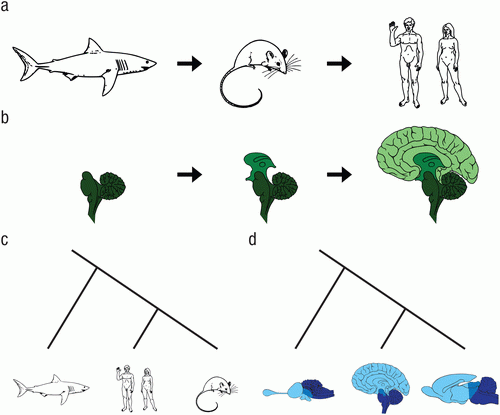I read that Elon Musk is currently the richest man in the world, which is as complete an indictment of capitalism as could imagine. Whenever he opens his mouth he exposes his ignorance, yet people still think he’s saying something worthwhile. He’s just a guy with an undeserved mountain of money that he uses to buy stuff, nothing more, and it’s a shame that his follies haven’t caught up with him yet, if ever — money seems to be a pretty effective cushion against the consequences of your actions.
A few years ago, he bought a company called Neuralink, which was supposedly working on brain-machine interfaces, but is actually 99% hype, and put an unqualified tech bro in charge. The real neuroscientists could tell the whole idea was a load of overstuffed bullshit, but the media stumbled all over itself in a rush to give him more press.
You would think that someone — the investors, the journalists, the people hoping for medical breakthroughs — would notice the similarities between Elon Musk and Elizabeth Holmes, especially since the Holmes trial just wrapped up with a conviction, but noooo.
Now Neuralink is looking to find human guinea pigs for his overhyped technology.
The Silicon Valley company, which has already successfully implanted artificial intelligence microchips in the brains of a macaque monkey named Pager and a pig named Gertrude, is now recruiting for a “clinical trial director” to run tests of the technology in humans.
“As the clinical trial director, you’ll work closely with some of the most innovative doctors and top engineers, as well as working with Neuralink’s first clinical trial participants,” the advert for the role in Fremont, California, says. “You will lead and help build the team responsible for enabling Neuralink’s clinical research activities and developing the regulatory interactions that come with a fast-paced and ever-evolving environment.”
Musk, the world’s richest person with an estimated $256bn fortune, said last month he was cautiously optimistic that the implants could allow tetraplegic people to walk.
“We hope to have this in our first humans, which will be people that have severe spinal cord injuries like tetraplegics, quadriplegics, next year, pending FDA [Food and Drug Administration] approval,” he told the Wall Street Journal’s CEO Council summit.
“I think we have a chance with Neuralink to restore full-body functionality to someone who has a spinal cord injury. Neuralink’s working well in monkeys, and we’re actually doing just a lot of testing and just confirming that it’s very safe and reliable and the Neuralink device can be removed safely.”
He is nowhere near that capability. He is lying. I know that here in America no one is going to care about the victims of irresponsible experimentation, but I would hope that someone would give a loving, concerned thought to the investors who are being taken to the cleaners by this fraud. Hope is not data. Appealing to the suffering victims of tragedy is one of the oldest tricks in the con artist’s toolbox.
That’s not all. Someone has confused science-fiction novels with reality.
Musk said that he thinks in the future we will be able to save and replay memories. “I mean this is obviously sounding increasingly like a black mirror episode but yeah essentially if you have a whole brain interface everything that’s encoded in memory you could you could upload you could basically store your memories as a backup and restore the memories then ultimately you could potentially download them into a new body or into a robot body the future is going to be weird one!” said Musk.
A “whole brain interface” — what’s that? How are you going to do that? You think you can skim off the totality of a person’s experience with a little chip you can pop on and off? Where are memories encoded so you can extract them? How are you planning to overwrite a brain’s structure and chemistry and connectivity so you can replace one brain’s identity with another?
I don’t think he’s going to have much luck hiring someone to oversee human experimentation in these areas, since Josef Mengele is dead. He’ll probably just hire some tech-dude with no qualifications and no sense of ethics — I hear those guys are sprouting up all over Silicon Valley.





